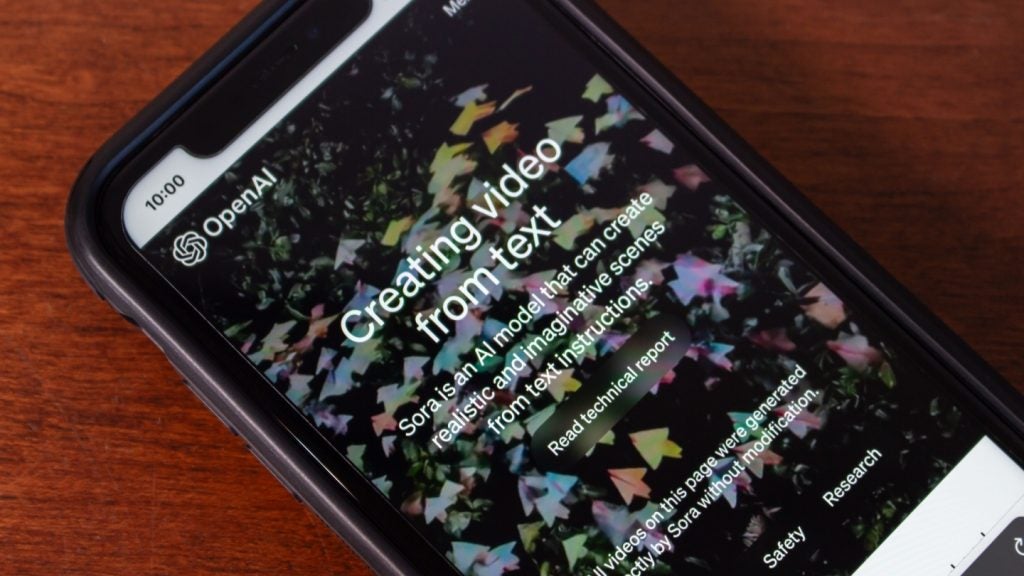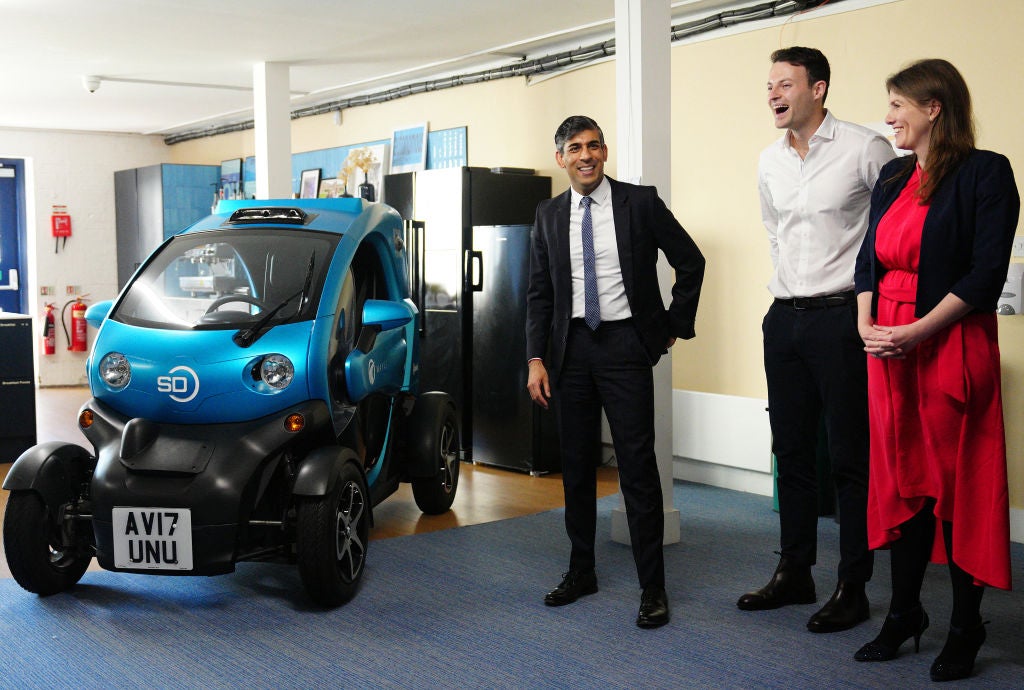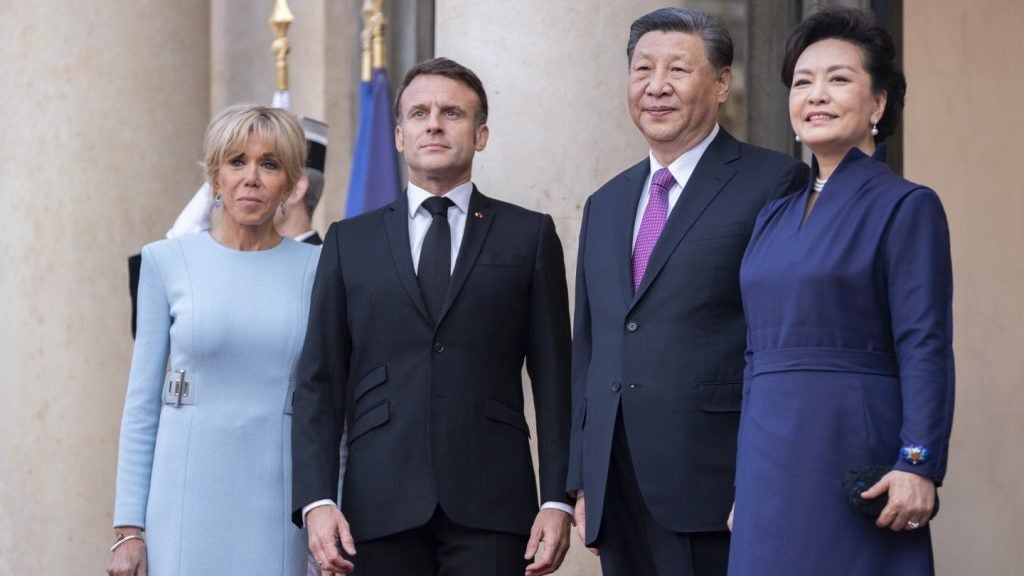
In an age of ‘Netflix and chill’ it’s easy to imagine linear television being shoved under the covers. But live TV and appointment viewing are showing strong resilience.
Whether it’s sporting events like the Champion’s League or the latest season of Game of Thrones, traditional television still helps shape the fabric of our culture and instill primal FOMO (fear of missing out) among modern audiences.
Politics is another area where TV retains consumer mindshare. In recent weeks we’ve seen the BBC’s Conservative leadership debate, Our Next Prime Minister, draw in 5.28 million viewers. Across the pond, the first presidential debate ahead of the 2020 elections hauled in a whopping 15.3 million viewers across three television networks.
To be sure, the relationship between politics and mass media is evolving. The increasing use of live TV debates is a clear move by broadcasters to efficiently boost audience figures and enfranchise people in the decisions that affect an entire country. Meanwhile, social media has emerged as a primary way for politicians to communicate directly with their constituents. The combination of the two platforms creates a distribution and engagement loop that can turn the tide when it comes to elections.
Mass media made measurable
So far, the UK has seen two live debates air on Channel 4 and the BBC, both of which captured massive audiences. Over a million people tuned in to the Channel 4 debate, and more that 5 million people watched the BBC debate.
But on their own, what do these numbers really mean? Adding social measurement to the mix opens up a whole new level of insight for broadcasters, audiences and any other organisational stakeholders.
How well do you really know your competitors?
Access the most comprehensive Company Profiles on the market, powered by GlobalData. Save hours of research. Gain competitive edge.

Thank you!
Your download email will arrive shortly
Not ready to buy yet? Download a free sample
We are confident about the unique quality of our Company Profiles. However, we want you to make the most beneficial decision for your business, so we offer a free sample that you can download by submitting the below form
By GlobalDataFor example, the latest social media analysis from 4C found in the weeks leading up to the BBC debate, Rory Stewart had 70% of social media engagements towards his handle being positive but he suffered a 16% sentiment drop following the scheduled event. Conversely, the analysis shows that Boris Johnson won the debate with 84% positive engagement.
Bearing in mind the subsequent outcome of the vote among MPs that knocked out Rory Stewart and placed Boris Johnson into the final two contenders for top seat, the potential for social media as an extension of the TV experience and means of measuring audience receptiveness is evident.
Brand building belies broadcast
Given the ever-changing media landscape and consumer behaviour, one of the most pressing industry questions persists – should marketers shift their budgets to social or continue to invest on TV? But it’s not an either/or scenario.
What moments like the political debates, Game of Thrones finale, and the Champion’s League all prove is that multiscreen engagement is at the forefront of how consumers want to experience linear television today. They want to discuss the events and express their opinion, as well as create and share their own related content across social channels.
The new age of TV demands that brands change their mindset from a channel-focused approach and get closer to their audiences. Understanding how customers are behaving and how and when they want to be communicated with are the ultimate imperatives.
TV is not going away. What’s changed over the last few years is not people’s appetite for television but the way they are consuming it as they look at several screens simultaneously.
This means that the potential for marketers to capture their audiences on multiple platforms is now bigger than ever before. And the perils of not coordinating cross-channel targeting and creative has also never been bigger.
Read more: UK viewers willing to part with over £800 a year for TV subscriptions






